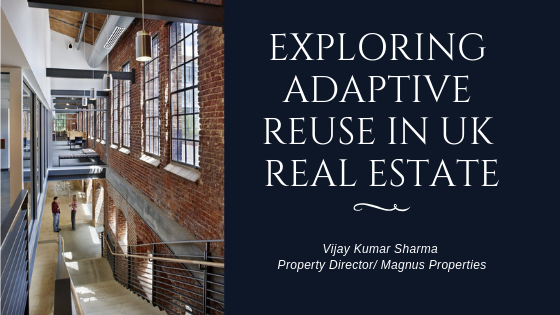There is always a buzz about new construction, whether for buildings, townhomes or single-family homes. However, there is a growing buzz about converting large buildings, such as warehouses, factories, museums, into new or mixed use spaces. This is called adaptive reuse. It has had a great impact on the real estate market over the past two decades because buyers and renters are looking for unique spaces. It is also cost effective for developers, since the structure, electrical and pipes (the majority) are already in place. But what makes these conversions so unique? There are a number of reasons, such as building materials, shape of the space and previous use. Also, the exterior facade is a reflection the marriage of the past with the present. Let’s take a look at some extraordinary examples of adaptive reuse projects.
- Tate Modern, London — In 1994, the Bankside Power Station was selected to be the site of the Tate International Modern and Contemporary Art gallery, a separate gallery from the original Tate Museum. The main hall was converted into the main entrance and the boiler house was converted into the galleries. The tall ceilings and windows provide abundant natural light for the exhibits and collections.
- Lateral House, London — This example is not so much about changing the function, but the style of architecture. What was once a Victorian has become a Modern home. The home now has a roof terrace and a south-facing garden. The mixture of wood, glass and metal create a cool, modern look, in which many buyers are looking for in today’s real estate market.
- Combining Two Homes — Converting two semi-detached homes into one single-family home proved to be quite a feat. The homes were older Victorians that were joined by a staircase made of timber. A change in level from the entrance to the back of the home is navigated by a second staircase made of bricks saved during the demolition stage. The reuse of materials (i.e. original fixtures) showcases the quality of a different era as well as reduces costs.
- The Attendant — This subterranean Victorian toilet was adapted to a sandwich shop. Built in 1890, many of the tiles and public urinals were reused for the shop, giving it an almost regal look. The Attendant’s office was turned into the kitchen and green stools accent the original flooring.
- Penarth Bath House — The space of a swimming pool is the perfect size for a family room, as evident in this luxury home in Penarth, Wales. The pool brickwork from this abandoned Victorian bath house was reused throughout as a nod to the history of the home as well as the exterior stonework. The raised ceilings are unique architectural features that provide additional space.

